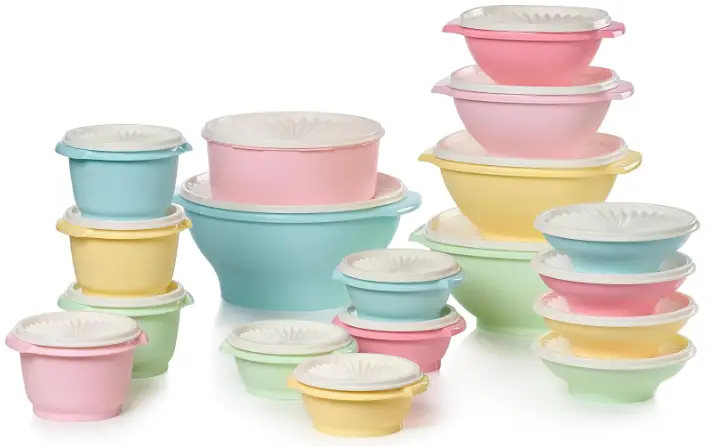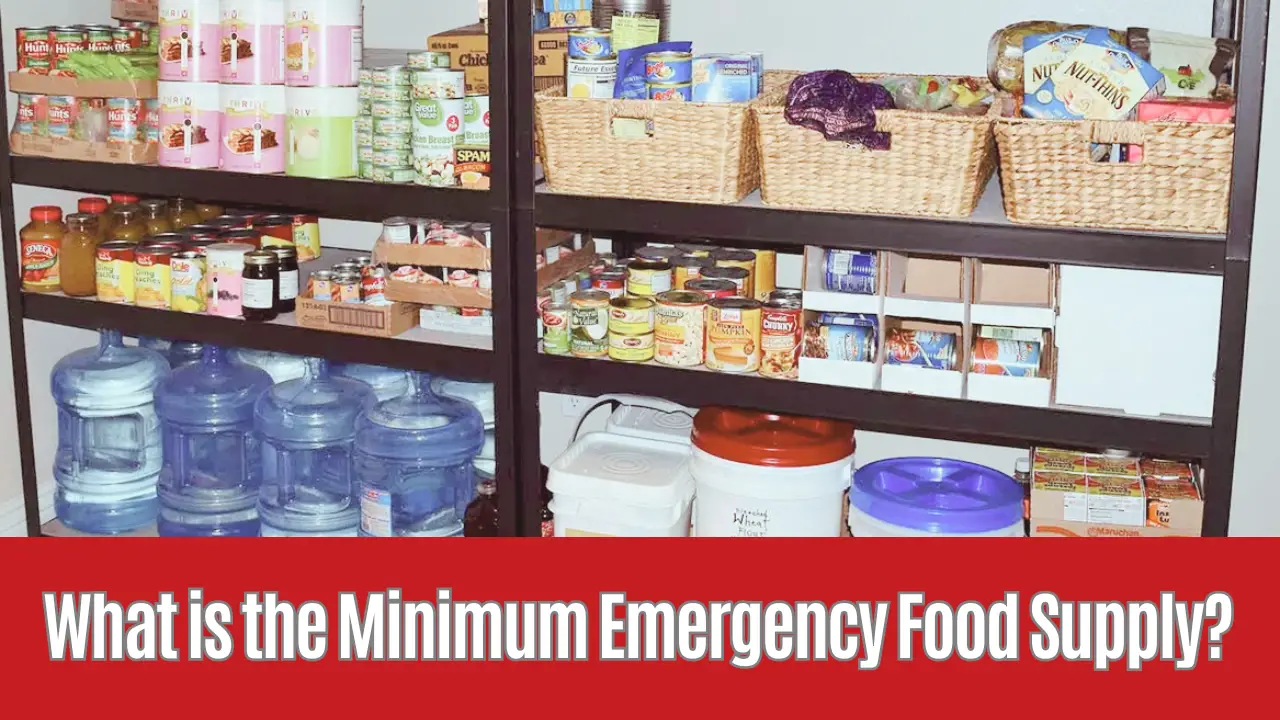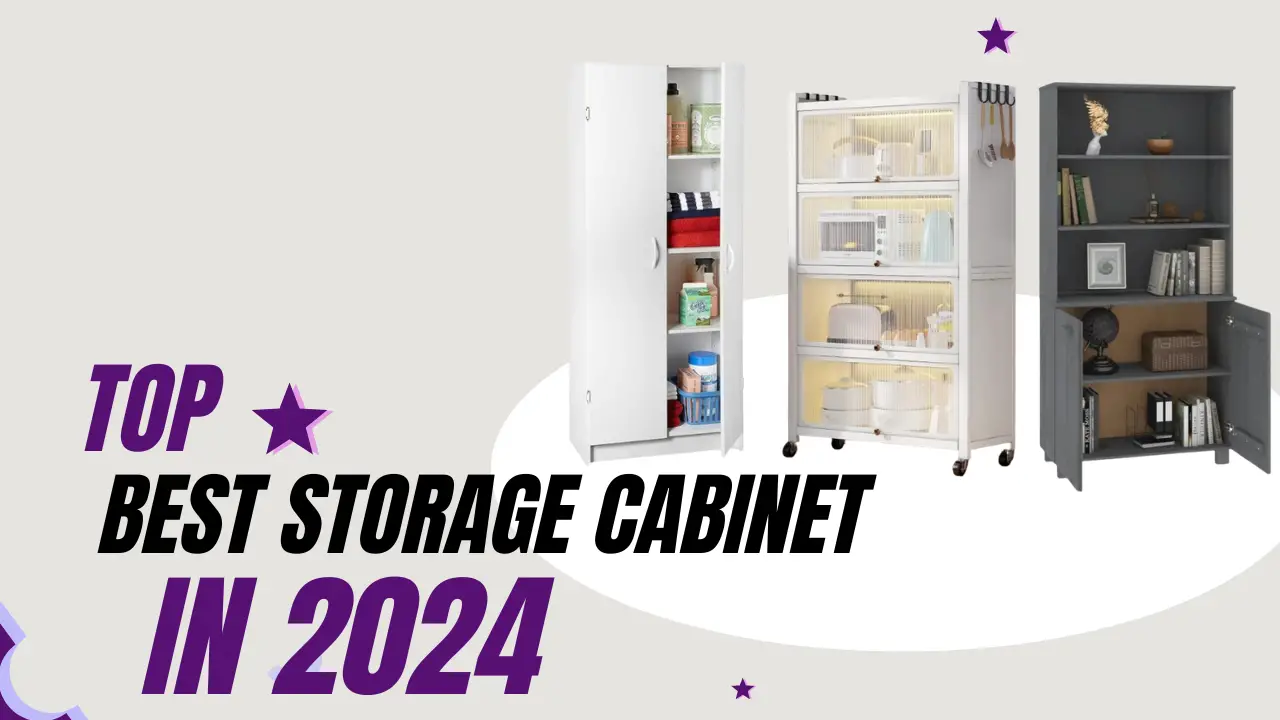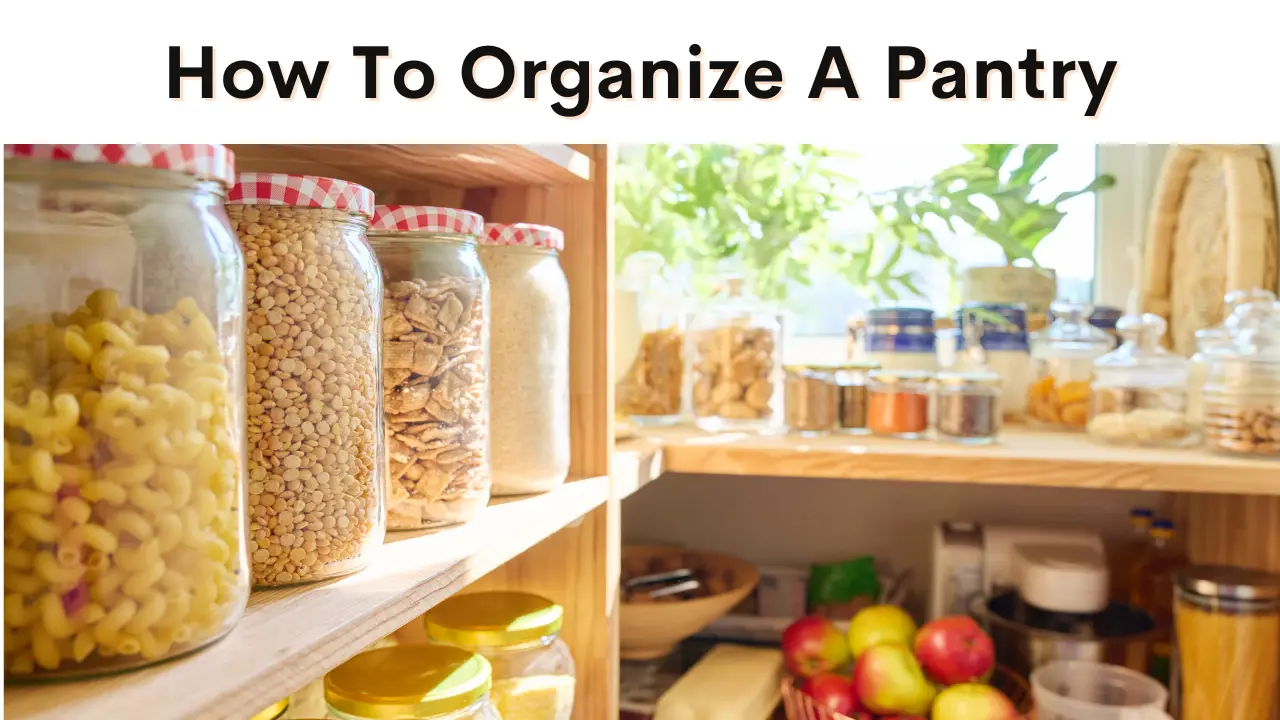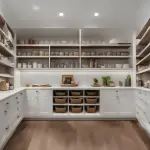Are you unsure when it’s time to bid farewell to your trusty Tupperware containers? Do you find yourself constantly searching through your cluttered pantry, unable to locate the ingredients you need? Look no further!
In this article, we will explore the signs that indicate it’s time to replace your Tupperware, as well as understand the expiration dates associated with it. Additionally, we will delve into the art of organizing your pantry, discussing the most efficient order to arrange your items, and offering tips on creating a functional pantry layout.
By the end, you’ll have all the knowledge you need to maintain a well-organized pantry and make the most of your storage space. So, let’s get started on your journey to a more efficient and tidy kitchen!
When Should You Stop Using Tupperware?
You should consider replacing your Tupperware when you notice signs of wear and tear, such as cracks, warping, or discoloration, as these can affect its functionality and safety. Additionally, if your Tupperware has an unusual odor that doesn’t dissipate with washing, it’s a good indication that it’s time to replace it.
Another factor to consider is if the containers have lost their airtight seal, making them less effective for storing food. Finally, if Tupperware has become heavily stained or retains odors from strong-smelling foods, it might be time for a replacement to avoid flavor transfer to other foods.
Signs It’s Time to Replace Your Tupperware
So, when should you stop using that old, beat-up Tupperware? Well, there are a few signs that indicate it’s time for an upgrade.
First, take a look at the condition of your Tupperware. If you notice any cracks, scratches, or stains that just won’t come off no matter how hard you scrub, it’s probably time to say goodbye. These imperfections can harbor bacteria and make your food unsafe to eat.
Another sign it’s time to replace your Tupperware is if the lids no longer fit tightly. Proper storage techniques are important to keep your food fresh and prevent spills. If your lids are warped or don’t create a secure seal, it’s time to find some new containers.
Additionally, if you’re looking to be more environmentally friendly, consider finding eco-friendly alternatives to plastic Tupperware. There are many options available now, such as glass or stainless steel containers, which are not only safer for you and the environment but also more durable in the long run.
So, don’t hesitate to let go of that old Tupperware and embrace newer, safer options for storing your food.
Understanding Tupperware Expiration Dates
First, check the expiration dates on your Tupperware to ensure freshness and safety. Just like any other food product, Tupperware also has an expiration date. It’s important to regularly check the dates on your containers to make sure that they’re still safe to use. Expired Tupperware can lead to the growth of harmful bacteria, which can contaminate your food and cause foodborne illnesses. By checking the expiration dates, you can avoid any potential health risks and ensure that you’re storing your leftovers in containers that are still in good condition.
In addition to checking expiration dates, proper cleaning of your Tupperware is essential for maintaining its longevity. After using your containers to store leftovers, it’s important to thoroughly clean them to prevent any lingering odors or stains. Rinse the containers with warm, soapy water and use a scrub brush or sponge to remove any food particles.
Avoid using abrasive cleaners or scrubbers that can damage the Tupperware. Once clean, allow the containers to air dry completely before storing them. By following these cleaning practices, you can ensure that your Tupperware stays in good condition and is safe to use for storing leftovers.
Organizing Your Pantry for Efficiency
Ensuring a well-organized pantry not only saves you time and effort but also allows for easy access to your favorite ingredients and promotes a clutter-free cooking environment. To achieve an efficient and functional pantry, consider implementing these space-saving pantry solutions:
- Use stackable containers: Invest in a set of stackable storage containers to maximize vertical space in your pantry. These containers allow you to neatly stack items on top of each other, making the most of limited shelf space.
- Install door racks: Make use of the often-neglected space on the back of your pantry door by installing door racks. These racks can hold various items, such as spices, small jars, and condiments, keeping them easily accessible and freeing up shelf space.
- Utilize clear containers: Opt for clear containers to store pantry staples like rice, pasta, and cereals. Transparent containers allow you to see the contents at a glance, making it easier to find what you need and preventing duplicate purchases.
- Hang a pegboard: Consider installing a pegboard on one of the pantry walls. This versatile storage solution allows you to hang hooks and baskets, providing a customizable space for organizing utensils, measuring cups, and other small kitchen tools.
In addition to space-saving solutions, labeling and categorizing pantry items can further enhance organization and convenience. Use these tips to keep your pantry in order:
- Categorize similar items: Group similar pantry items together to create designated sections. For example, place all baking supplies in one area, canned goods in another, and snacks in a separate section. This categorization makes it easier to locate specific items and prevents rummaging through the entire pantry.
- Label containers: Invest in a label maker or use adhesive labels to clearly mark the contents of each container. This simple step eliminates any guesswork and ensures everything is in its rightful place, saving you time and frustration.
- Arrange items by expiration date: Regularly check the expiration dates of your pantry items and organize them accordingly. By placing the items with the closest expiration dates at the front, you can prioritize their use and avoid wasting food.
- Create a grocery list area: Dedicate a small space in your pantry for a whiteboard or bulletin board where you can jot down items that need to be restocked. This helps you stay organized and ensures you never run out of essential ingredients.
By implementing these space-saving solutions and organizing techniques, you can transform your pantry into a well-ordered and efficient space that streamlines your cooking process and minimizes stress.
Creating a Functional Pantry Layout
To optimize your pantry’s functionality, consider designing a layout that incorporates designated zones for different types of ingredients and utilizes vertical storage solutions. Efficient kitchen storage is crucial in maximizing pantry space. By creating specific zones for different types of ingredients, such as grains, canned goods, and spices, you can easily locate and access what you need. This organization system also helps prevent items from getting lost in the back of the pantry and expiring before you have a chance to use them.
In addition to designated zones, utilizing vertical storage solutions can make the most of your pantry space. Install adjustable shelves or use stackable containers to take advantage of the vertical height of your pantry. This allows you to store more items without taking up valuable horizontal space.
Consider using clear containers or bins to store items like snacks or smaller pantry staples. This not only keeps everything organized but also makes it easier to see what you have at a glance. With an efficient kitchen storage layout that incorporates designated zones and vertical storage solutions, you can create a pantry that is both functional and maximizes the available space.
Maintenance Tips for a Well-Organized Pantry
One way to keep your pantry well-organized is by regularly checking for expired items and removing them to maintain a clutter-free space. Start by conducting a pantry inventory every few months to identify any items that have passed their expiration dates.
Go through each shelf and check the labels on your food items, condiments, and spices. Discard anything that’s past its prime to prevent clutter and free up space for fresh, usable items. This not only helps you maintain a clean and organized pantry but also ensures that you’re not consuming expired or spoiled food.
In addition to keeping track of expiration dates, utilizing proper storage solutions can also contribute to a well-organized pantry. Invest in airtight containers, such as glass jars or plastic containers, to store dry goods like grains, cereals, and pasta. These containers not only help keep your pantry looking neat but also preserve the freshness and quality of the food.
Labeling these containers can also make it easier to find what you need quickly. Consider using stackable storage solutions for canned goods and spices to maximize vertical space and prevent items from getting lost in the back of the pantry.
By regularly checking for expired items and utilizing storage solutions, you can maintain a well-organized pantry that’s both functional and visually appealing.
Conclusion
In conclusion, when should you stop using Tupperware? It’s important to know when it’s time to replace your Tupperware. Look out for signs like cracks, stains, and warped lids, as these can affect the quality and safety of your food storage. Understanding the expiration dates on Tupperware products is also crucial because expired containers may not provide the same level of freshness and preservation.
By staying vigilant and regularly checking your Tupperware, you can ensure that your food stays fresh and safe.
When it comes to organizing your pantry, remember to prioritize efficiency. Arrange your pantry items in a way that makes them easily accessible and visible. Consider organizing items by category and using clear containers and labels to keep everything in order.
Additionally, creating a functional pantry layout is key to maximizing space and minimizing clutter. Utilize shelves, baskets, and racks to create designated areas for different types of items. Lastly, don’t forget to regularly maintain your organized pantry by checking for expired or damaged goods and reorganizing as needed.
By following these tips, you can have a well-organized pantry that makes meal preparation a breeze.
